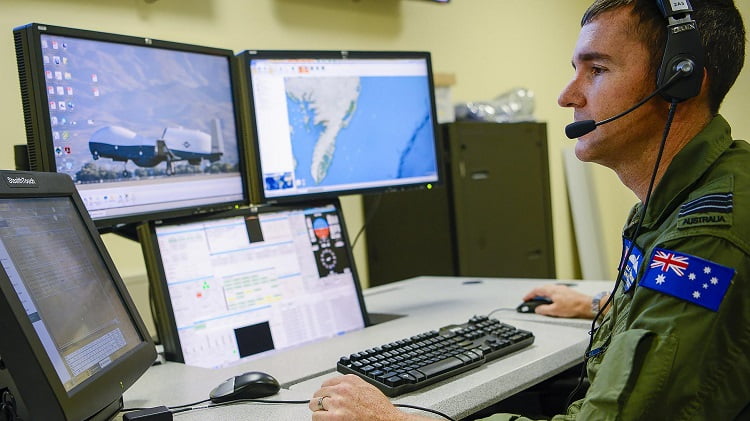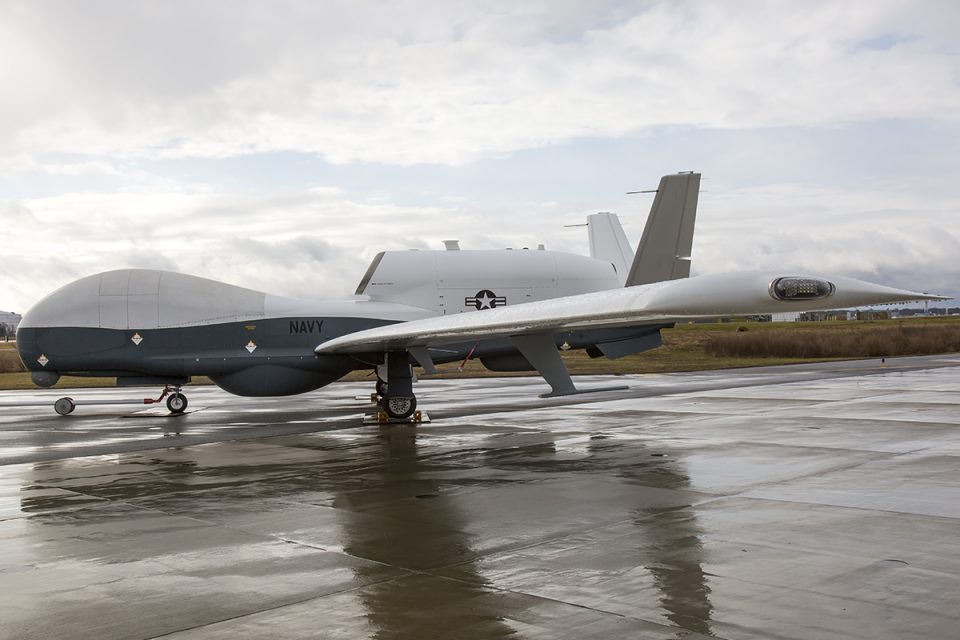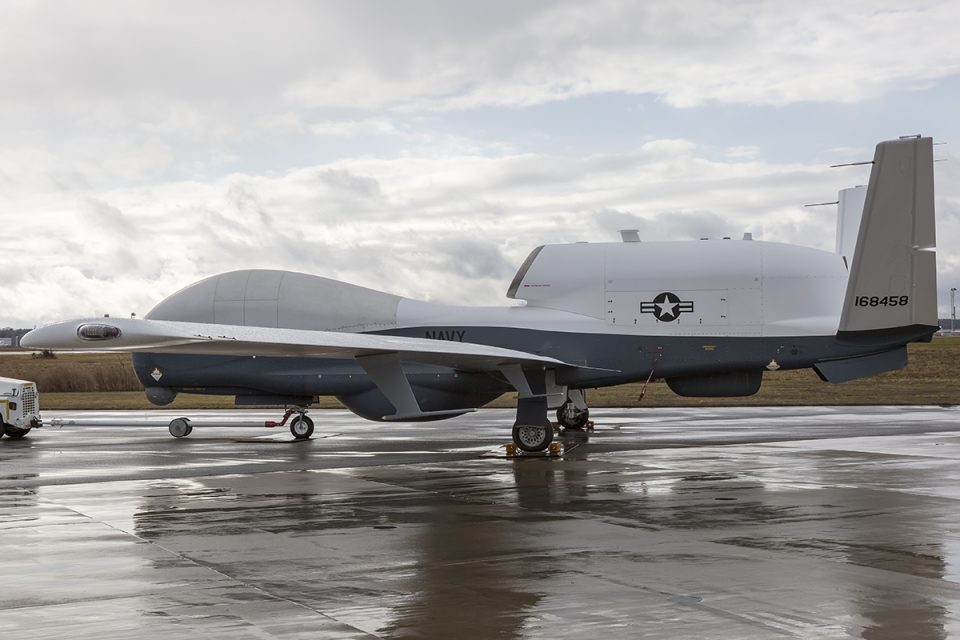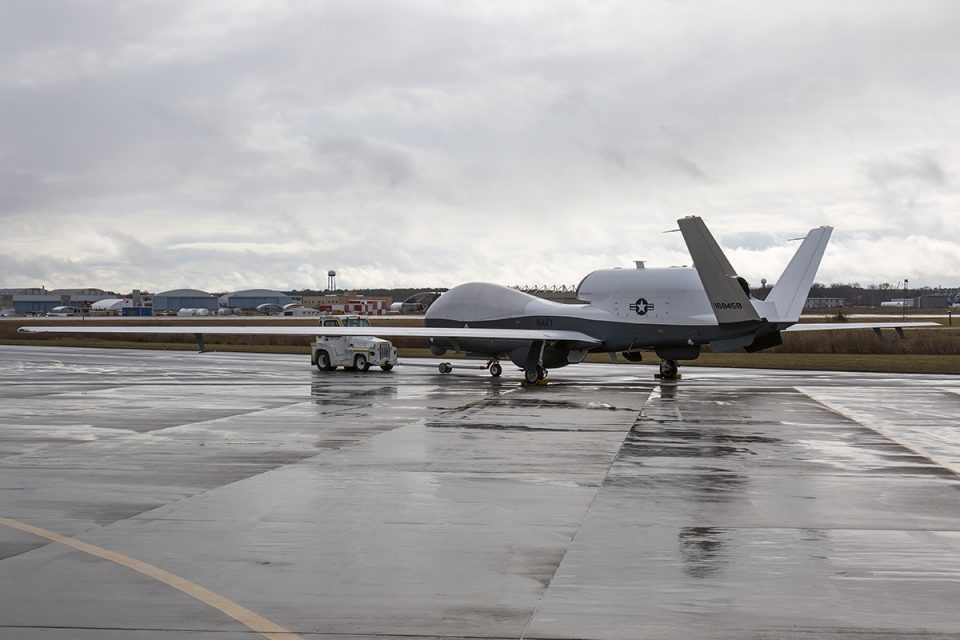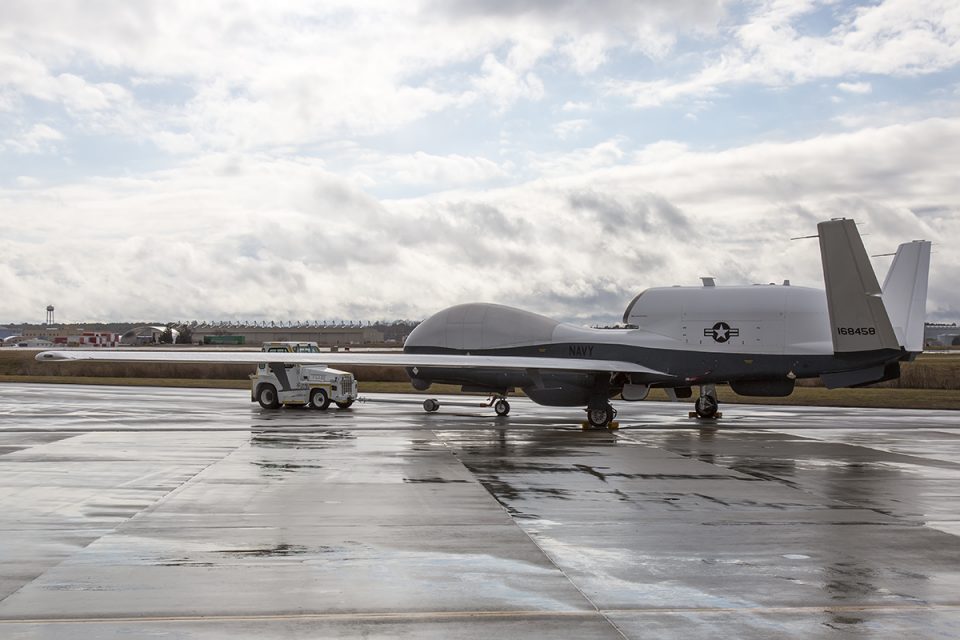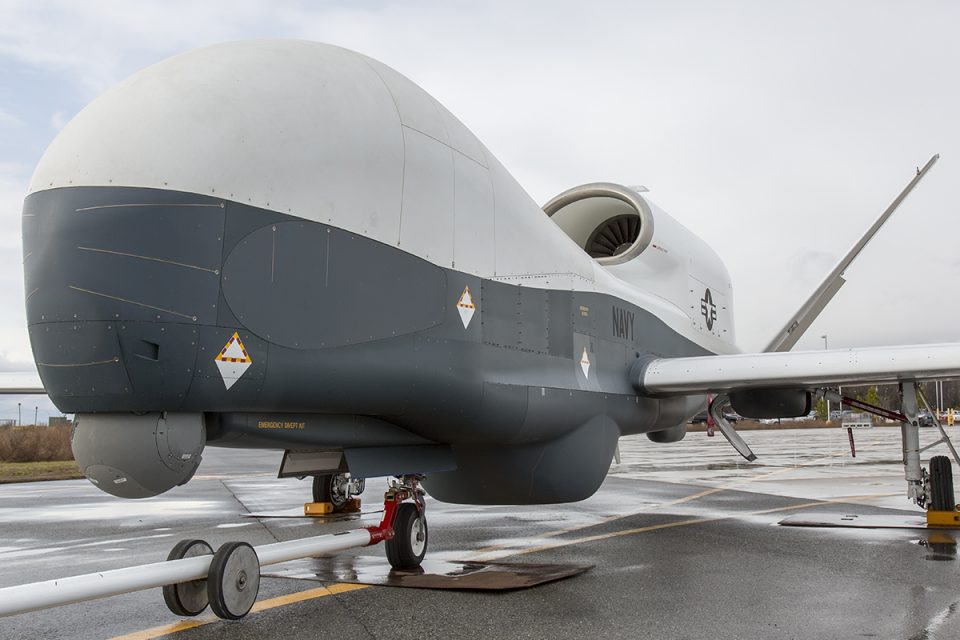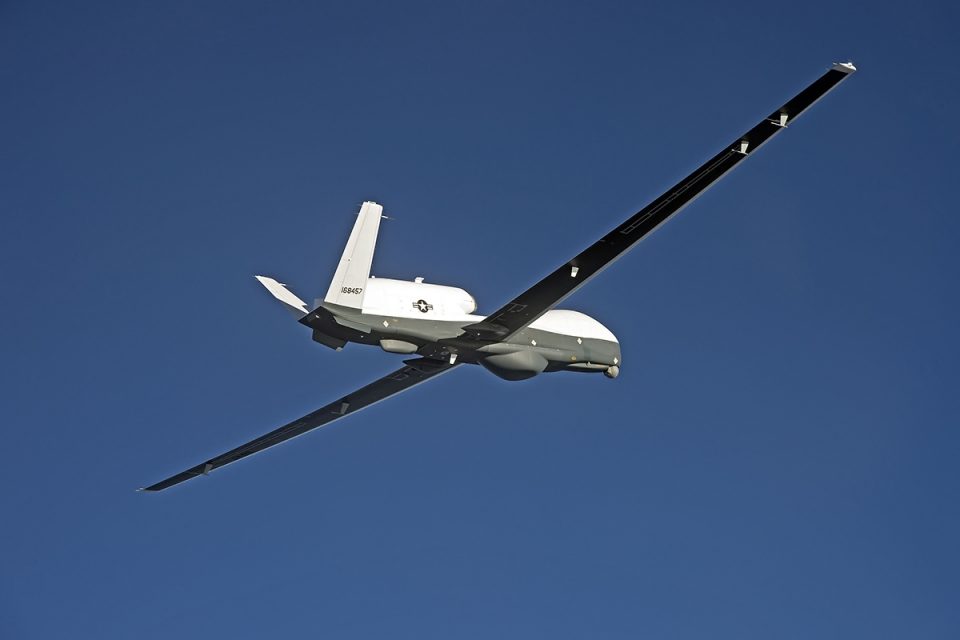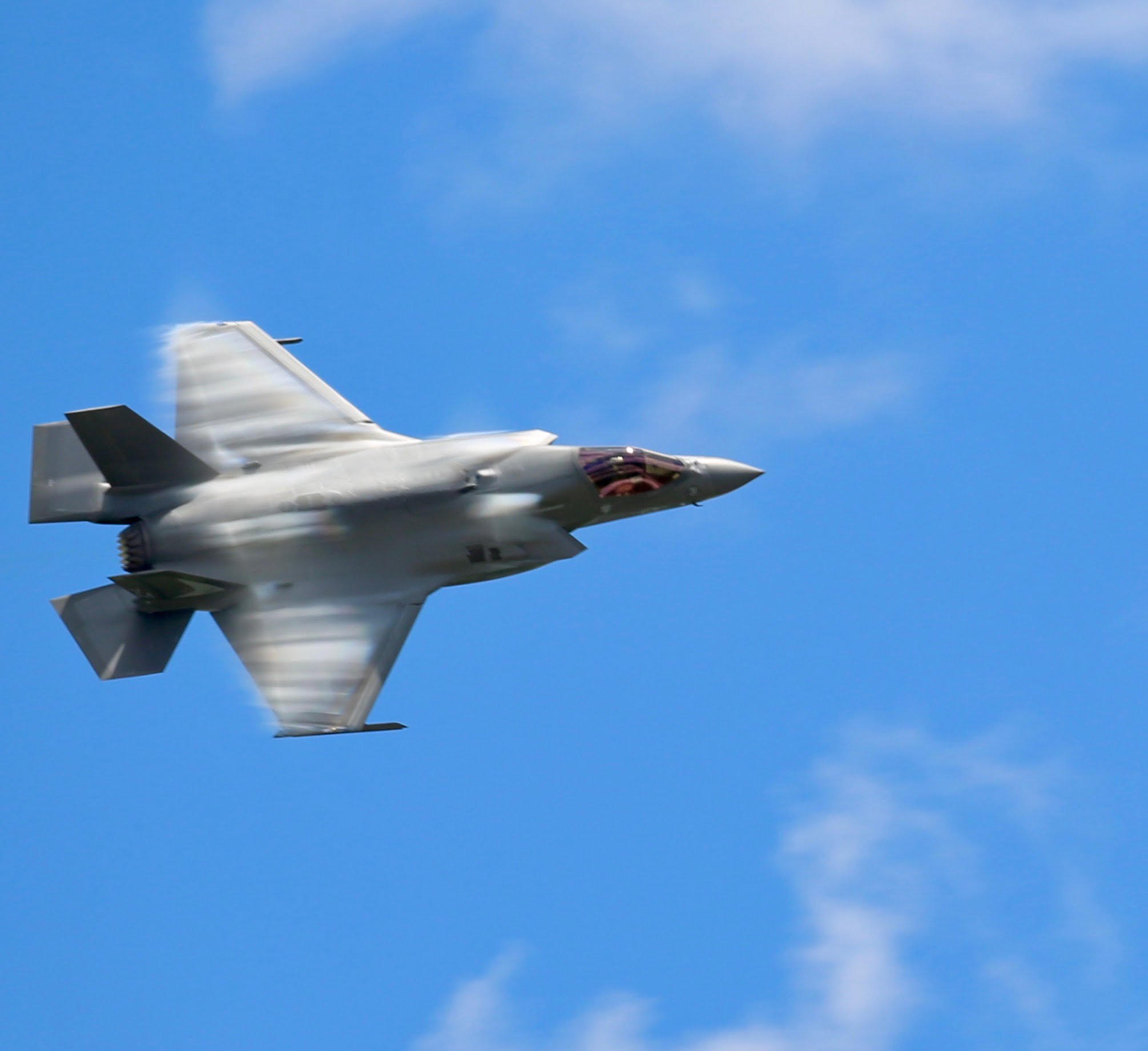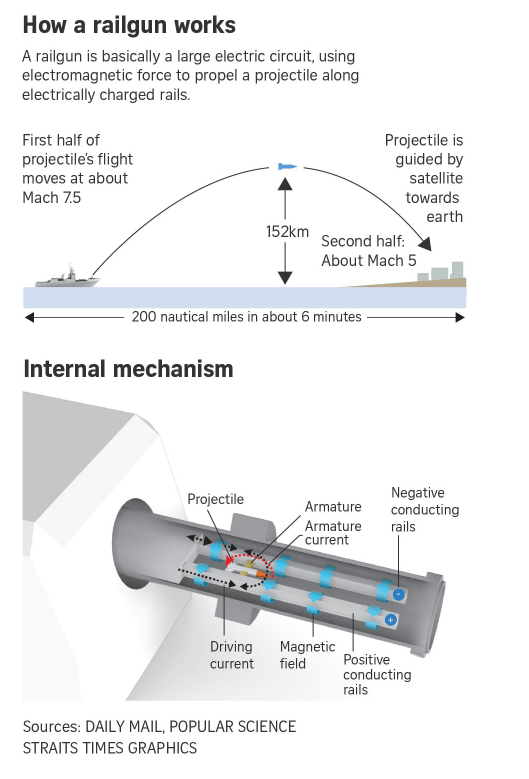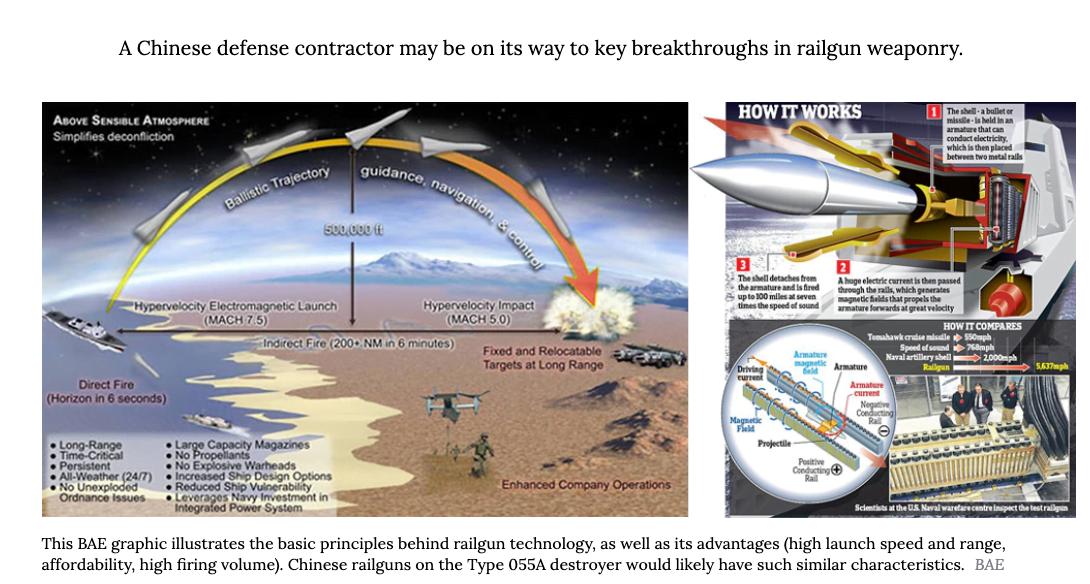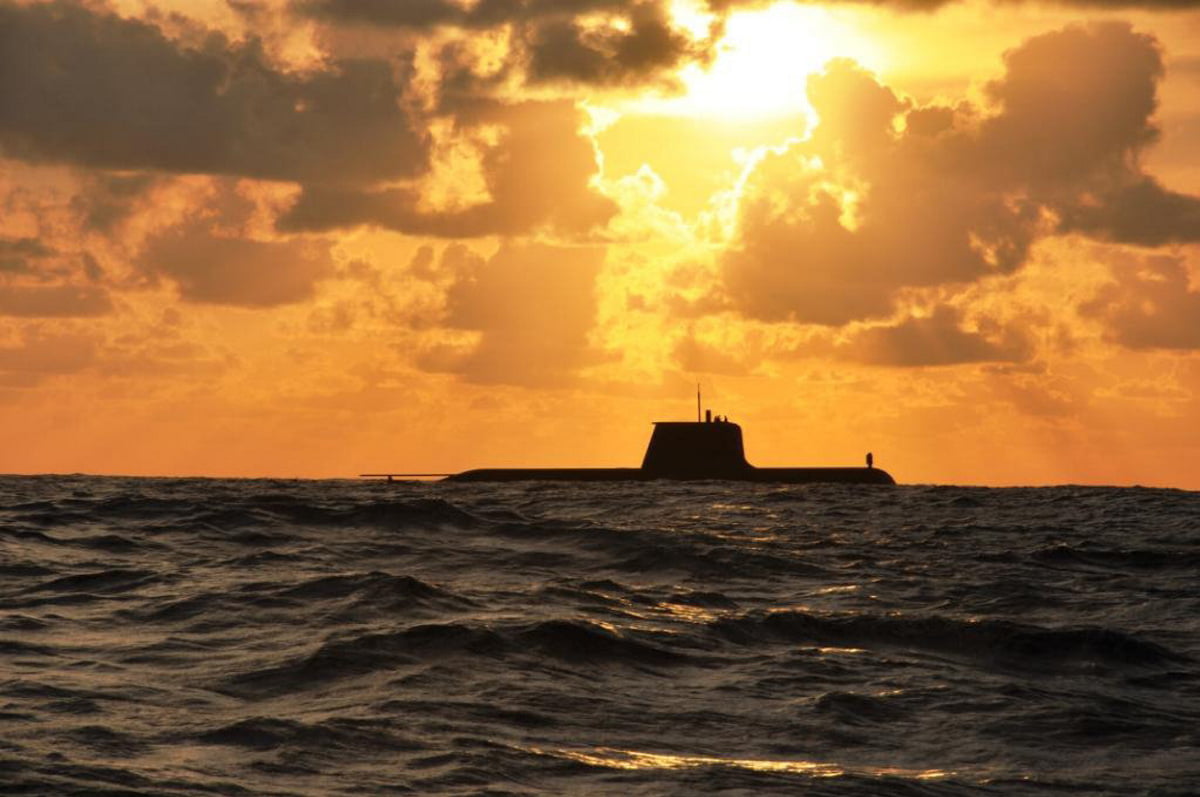By Marcus Hellyer
The word on the street is that the government intends to make a decision by Christmas on whether to relocate full-cycle dockings of the Collins-class submarines from Osborne in South Australia to Henderson in Western Australia.
Full-cycle dockings are the two-year-long deep overhauls that ASC conducts to prepare the boats for their next 10 years of service. They will also be the foundation of the life-of-type extension that’s intended to keep the Collins a relevant capability until its eventual retirement sometime in the 2040s.
Some in South Australia speculate that this is the result of the West Australian government working with the federal ministers for defence and defence industry—both West Australians—to ‘pinch’ work from Adelaide.
But consideration of a move predates the recent changes on the coalition government’s front bench. In March 2018, the minister for defence industry—the very South Australian Christopher Pyne—acknowledged that Defence was ‘contingency planning’ to move full-cycle dockings. And ASC’s CEO Stuart Whiley informed Senate estimates that Defence had asked ASC in December 2017 to study a potential move to Henderson. A redacted draft of the study was released under freedom of information disclosure in August last year.
The South Australian response has been fairly restrained. Like the dog that caught the car it chased, South Australia is probably wondering how it’s going to digest all of the shipbuilding work it has landed; full-cycle dockings may not be worth fighting for, particularly if moving them frees up workers in Adelaide for the building of the Attack-class submarines and the Hunter-class frigates.
Western Australia appears to have learned that bids for defence work should be couched in terms of the national interest, arguing that moving full-cycle dockings west would lead to better capability outcomes. It didn’t help its case by simultaneously releasing a reporttrumpeting the economic benefits to the state of a move. Overall, however, there’s a level of maturity across the board that accepts the decision must be based on capability.
So would moving full-cycle dockings deliver better submarine capability? There are good cases to be made both for and against moving, which I outlined last year in an ASPI special report. Overall, the core arguments come down to which location allows for best mitigation of the workforce risks associated with sustaining and upgrading the Collins at the same time as three major shipbuilding programs are ramping up (the submarines and frigates, plus the offshore patrol vessels).
But are we missing the forest for the trees? There are two bigger issues here than full-cycle dockings per se. The first is, what does Australia’s submarine enterprise look like in an era of two submarine classes? The second is, what is ASC’s role in that enterprise?
The key to the success of the get-well program for Collins sustainment that followed the Coles review was the establishment of a single Collins enterprise. All participants signed up to the required targets, and all participants’ accountabilities were clear. After a lot of hard work, the result has been that Collins availability now meets or exceeds world benchmarks.
With the establishment of the future submarine program and the selection of Naval Group as the Commonwealth’s design and build partner, the single enterprise has been blown apart. It’s not clear if there are now two separate enterprises delivering two parallel submarine capabilities, or one with multiple bedfellows thrust uncomfortably together. Either way, it’s not seamless. If anything, suggestions that the Collins’ full-cycle dockings should be moved west are a tacit admission that one part of the submarine enterprise, ASC, needs physical quarantining for its own protection.
But moving full-cycle dockings west won’t help the long-term viability of the Collins if ASC doesn’t have a clear role in the long-term submarine enterprise. For a successful capability transition, the Collins has to operate for another 25 years (table 2, page 18), and for the next 20 the navy will likely have more Collins than Attack-class boats.
But if the best ASC’s workforce can hope for is to manage the Collins’ graceful degradation as it sails slowly into the sunset, they will walk well before then. If you were a young engineer, what would you do? Join ASC to manage an ageing submarine into oblivion? Or join Naval Group to design, build and potentially sustain the navy’s future capability? Our submarine capability could evaporate through loss of Collins engineering expertise well before any meaningful quantity of Attack submarines are delivered.
Rather than the current laissez-faire approach, the government could decide that the long-term sustainment, including full-cycle dockings and upgrades, of all of Australia’s submarines will be conducted by ASC, an Australian-government-owned entity that has shown itself capable of world’s best practice in submarine sustainment. That would necessarily include the Attack class.
The decision would give ASC’s workforce (both existing and yet to be recruited) certainty about their future and allow the enterprise to manage a planned workforce transition.
For ASC to sustain the Attack class successfully, it would need to understand its design philosophy. That means ASC would need to be meaningfully incorporated into Naval Group’s design and build processes. But ASC would give at least as much as it gets.
It’s often stated that a key lesson from the Collins program is that submarines need to be designed for sovereign sustainment. Injecting ASC’s hard-won knowledge in sustaining Australian submarines in Australian operating conditions into the design of the Attack class seems essential. Yet three and a half years after the selection of Naval Group, the one entity that understands the sustainment of Australian submarines still has no formal role in the design and build of the Attack class.
The government has repeatedly emphasised its requirement for a sovereign submarine capability. ASC now sources around 90% of Collins components locally. That approach should be incorporated into the Attack-class program, to maximise both sovereign capability and Australian industry capability.
Planning for the Collins life-of-type extension, or LOTE, has started. Incorporating Attack-class components such as diesel engines or photonic periscopes into the Collins as part of the LOTE offers the potential to de-risk the build of the future submarine, enhance Collins’ capability, and provide commonality of systems across the enterprise to ease the transition. It’s hard to see how this can work effectively without a formal partnership of some kind between ASC and Naval Group.
Going purely by the Collins schedule (table 2, page 18), one could argue that if full-cycle dockings are going to move west, a decision is needed now—the first Collins full-cycle docking incorporating a LOTE is due to start in 2026. Ideally, you wouldn’t want the first full-cycle docking in the west to be something that complex, so the last ‘regular’ full-cycle docking, starting in 2024, would be the one to aim for. Four years isn’t that much time in light of the need to build a new workforce if the work does move west.
But a decision purely on full-cycle dockings without addressing the broader issue of the future of ASC potentially creates more risk than it retires. Australian workers generally don’t move. So ASC’s existing workforce is unlikely to move to Western Australia. While the blue-collar workforce could potentially be rebuilt in the west on the foundation of the team already performing mid-cycle dockings there, ASC’s engineering workforce couldn’t be rebuilt there from scratch. Faced with the prospect of somehow working on the Collins submarine more than 2,000 kilometres away and an uncertain long-term future, ASC’s experienced engineers may simply elect to walk across to the other side of Osborne shipyard to work on the Attack class. That would put the viability of a further 25 years of Collins service in a dire position.
At the core of the government’s defence industry policy is the concept of industry as a fundamental input into capability. This is a powerful tool that allows, and indeed requires, Defence to shape the industrial landscape to ensure Australia has the industrial capability the defence force needs. The alternative is to simply hope that when the time comes, industry will somehow deliver. But hope is not a strategy.
Marcus Hellyer is ASPI’s senior analyst for defence economics and capability.
This was published by ASPI on September 5, 2019.
The featured photo shows the Royal Australian Navy Collins Class Submarine HMAS Sheean at sunset during a routine transit and training exercise off Christmas Island.


